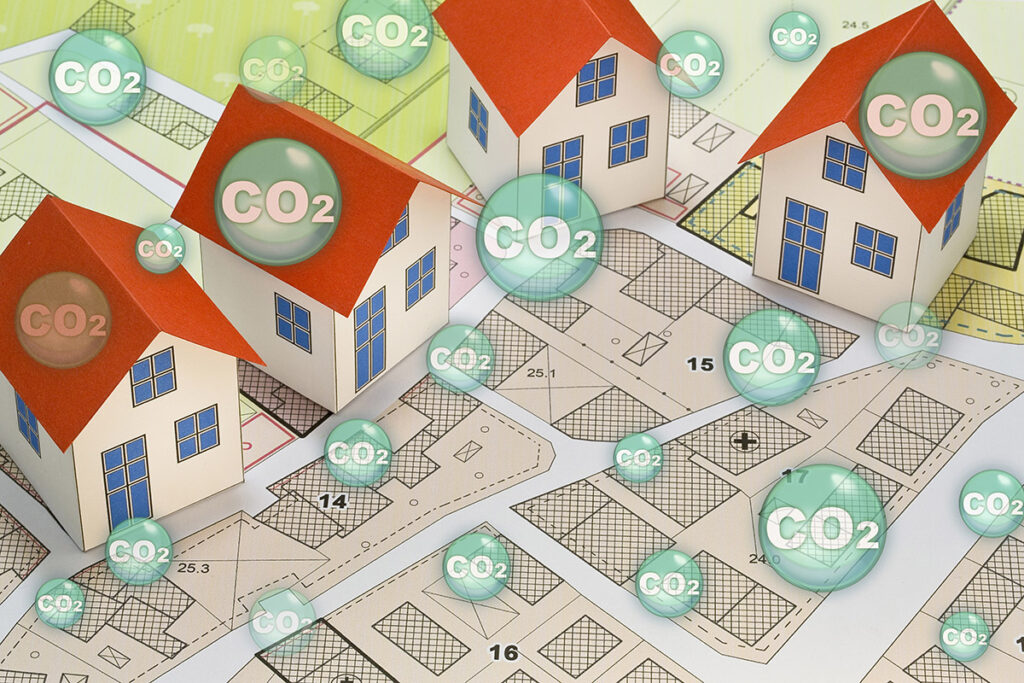Construction Materials – What’s the Cost?
The world has realised that ‘climate change’ is not just a theory, but a looming reality. So every business has to be aware of the importance of reducing their ‘carbon footprint’, and their carbon cost.
As it stands, many large UK companies pay a price for the carbon they emit through the EU’s emissions trading scheme. This ‘carbon price’ is a cost applied to encourage polluters to reduce the amount of greenhouse gas they emit.
However, the price of carbon through the scheme is considered by many economists to be too low to help the UK to meet its targets.
What is the Carbon Footprint of the Construction Industry?
Much as it pains us to know it, construction is responsible for a large percentage of total global emissions. And in the UK a lot of that arises from the carbon footprint of building materials, many of which are imported.
Building supplies have a heavy carbon footprint and present a serious challenge to the climate. The energy-intensive production of cement, steel, aluminium, glass and insulation materials contributes hugely to this overload.
A significant percentage of the impact is described as ’embodied carbon’. Embodied carbon refers to the greenhouse gas emissions arising from the manufacturing, transportation, installation, maintenance, and disposal of building materials.
Their whole lifecycle.

For most buildings in place right now, construction materials account for about 70% of a their carbon footprint. So what can we do to reduce that?
A switch to low-carbon alternatives is essential as we move forward. Great examples of what’s available to us now would be carbon-neutral concrete, steel, and wood.
In 2050, eighty percent of the buildings that will exist then, have already been built now. So where many of those existing buildings have been constructed with no regard to their carbon emissions, what can we do in future?
The Next Boom in Construction?
We believe there will be a massive growth in retrofitting. New builds are already using carbon reducing materials and methods, but what about our existing stock? Advanced building techniques can be deployed to fix up our existing stock, and reduce the overall carbon footprint of a building over the years.
To be clear, ‘retrofitting’ involves changing the systems or structure of a building some time after its initial construction and occupation. When it’s done right, this work can improve the performance of the building in environmental terms, as well as bringing better facilities and surrounding to the occupants.
As technology develops, building retrofits can significantly reduce energy and water usage. So the benefits are not all about some distant (or not so distant) future – they work right now to cut utility costs. That’s something we can all get behind!
What Are Our Targets?
The decarbonisation goals set for the construction industry require the sector to reduce its emission levels by at least 50% before 2030 to achieve the Paris Agreement targets. Emissions from construction must be reduced if the UK is to meet net zero by 2050, with various intermediate targets along the way.
This means that all construction companies have to take the issue seriously, and do all they can to contribute to this reduction.
At BHR, we do all we can to ensure the buildings we work on are designed and constructed to help our industry meet the targets set for us. After all – it’s about the future, our children and grandchildren, and making the structures they will live, work, shop and relax in the least damaging possible.
Back to Insights